Anthony Albanese struggling to help unemployed people off welfare despite record job vacancies
Labor is struggling to help unemployed people off welfare and into work despite record job vacancies and labour shortages.
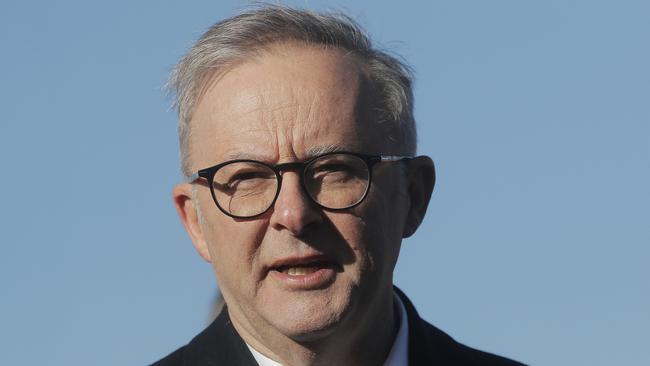
Anthony Albanese is struggling to help unemployed people off welfare and into work despite record job vacancies and labour shortages, with more Australians relying on JobSeeker payments compared to pre-pandemic levels.
Ahead of Tuesday’s budget, which is expected to include a JobSeeker increase for people over 55, energy-bill relief payments for vulnerable households and additional support for single mums, The Australian can reveal the number of dole recipients remains stubbornly high.
Amid calls from Peter Dutton to strengthen “work for the dole” programs to get more people out of welfare and into jobs, Department of Social Services data shows 921,000 Australians were on JobSeeker and Youth Allowance (Other) payments at the end of March. Despite historically low unemployment rates, the Albanese government has reduced the number of JobSeeker and Youth Allowance recipients by about 59,000 since the May election.
In March 2020, before draconian Covid-19 lockdowns pushed JobSeeker numbers to about 1.6 million, dole recipients numbered 886,213.

Facing mounting pressure from Labor MPs on Tuesday to deliver a blanket increase to the JobSeeker rate rather than a targeted approach for older Australians, Jim Chalmers said “there’s a broad swath of things we need to do” to lift workforce participation.
The Treasurer rejected the Opposition Leader’s demand to reinstate work for the dole programs, which remain in place under Labor, and said budget initiatives and other measures were being devised to support local communities facing “entrenched, long-term unemployment”.
“We’ve got an employment white paper that reports towards the end of this year which goes to some of these issues around participation,” Dr Chalmers said. “(Labor MP) Julian Hill and others are working at the committee level on making sure that job agency providers are doing what we need them to do.”
Mr Dutton said employers were “frustrated” because Labor had “pulled back on compliance, so people aren’t legitimately looking for work … and applying for ads”.
“Every employer you talk to, doesn’t matter what sector, it doesn’t matter where you are across the country, people are finding it very difficult to find those workers in cafes, in agricultural operations, in tourism,” Mr Dutton told 2GB.
“And it’s frustrating if you’ve got Australians who have an ability to work, are refusing to work, and I think Australians who are taxpayers get angry about that, and rightly so.”
Economists on Tuesday estimated lifting the JobSeeker rate for over-55s would cost between $1-2bn, depending on the size of the increase. They said the impact of higher payments on inflation would be determined by whether they were “targeted and temporary”.
Labor backbencher Alicia Payne, who will wait to see the budget before judging the adequacy of cost-of-living support, endorsed a blanket JobSeeker rate rise. “Any increase is welcome and this is a good start, but we do need that more substantial increase for all people on JobSeeker,” the Canberra MP said.
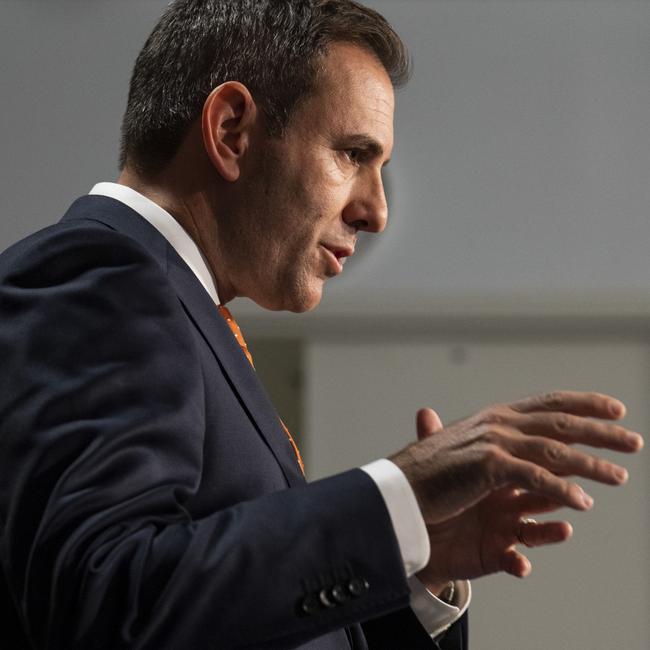
Victorian Labor MP Kate Thwaites, who along with Ms Payne signed an Australian Council of Social Service open letter backing a significant rise in the JobSeeker payment, said: “I’m on the record as supporting the need to increase Jobseeker and I will continue to advocate for that.
“The Treasurer has said there will be responsible cost-of-living relief in the budget, and it will focus on the most vulnerable people. I’ll wait to see what’s in the budget.” Bennelong MP Jerome Laxale also stood by his support for vulnerable Australians to receive relief. “This budget, particularly in light of what the Reserve Bank has done (in lifting interest rates), needs to lift relief to as many Australians as possible,” he said. Dr Chalmers said “no government of either political persuasion can satisfy all of the demands for new spending in the budget”.
The Treasurer, who is expected to overhaul the single parenting payment by raising the eligibility age of the youngest child from eight to either 13 or 14, would not put a figure on Labor’s targeted JobSeeker increase.
He said committees reporting to Finance Minister Katy Gallagher and him had “made it clear that one of the troubling developments is … the growth particularly in women over 55 in our unemployment numbers”.
The Australian can reveal next Tuesday’s budget will include funding boosts to bolster privacy protections following last year’s cybersecurity hacks and new investment to accelerate quantum technologies that will transform the economy and national security.
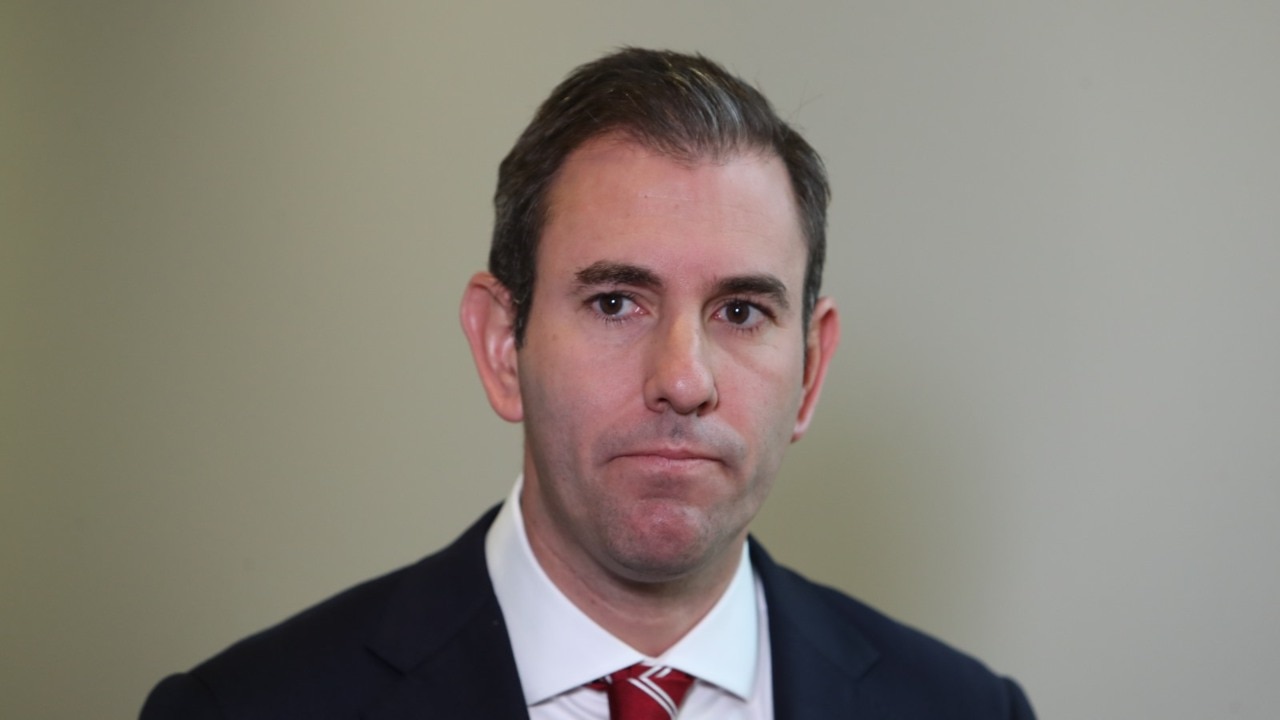
Social Services Minister Amanda Rishworth on Wednesday will announce a $10.9m package improving social and economic participation of vulnerable or at-risk groups, while Dr Chalmers will outline four-year costings for Labor’s childcare subsidy changes.
Opposition treasury spokesman Angus Taylor warned that budget overspending would fuel the cost-of-living crisis, drive-up inflation and force the RBA to “impose much more pain”.
Writing for The Australian online, Mr Taylor said: “The more Labor talks about restraint, the less it is focused on effective action … it is the government’s actual spending that adds fuel to the inflationary fire, regardless of the rhetoric. The main test for the budget is whether it will take pressure off inflation. It must re-establish an objective of budget balance to take pressure off inflation.”
Rich Insight founder Chris Richardson said a broader JobSeeker increase could be delivered if the government found savings in the National Disability Insurance Scheme or rethought the GST deal.
“Of course you can (increase it) for everybody and of course you should do it for everybody,” he said. “You can axe elsewhere in the budget. You can and should do things around the NDIS. You can and should do things over Medicare administration. You should take GST … into a back alley and beat it to a pulp.”
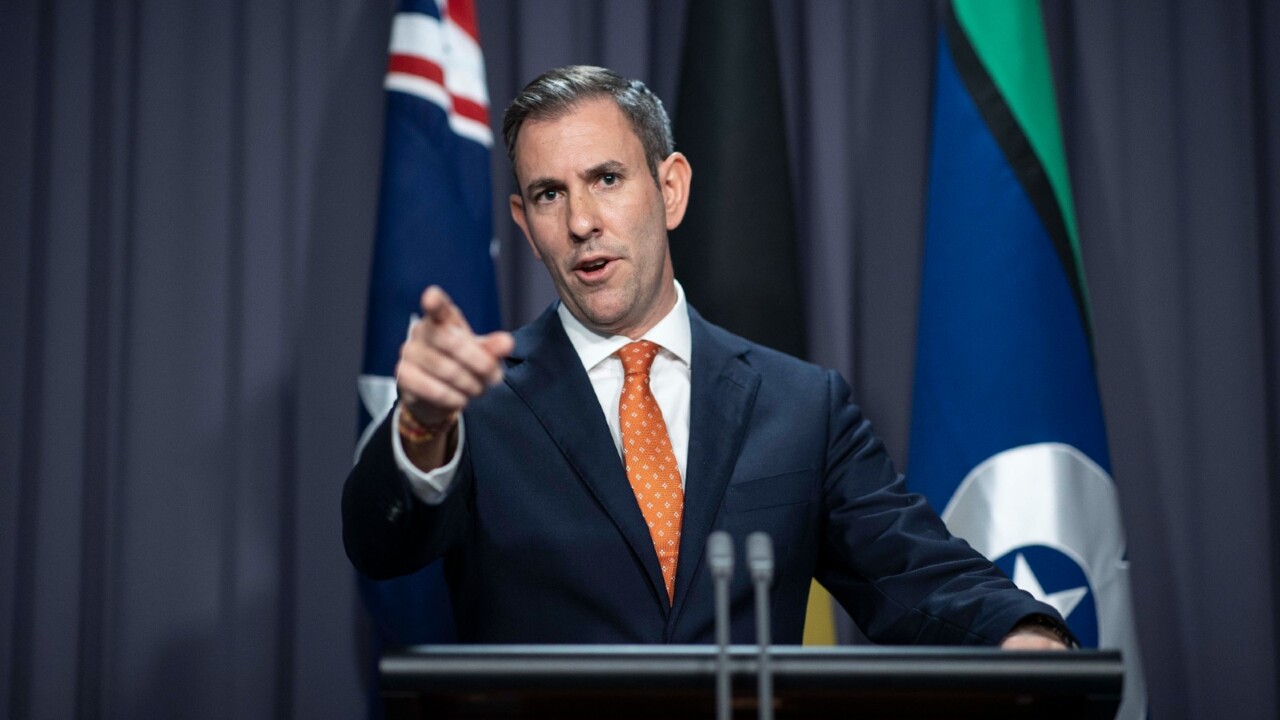


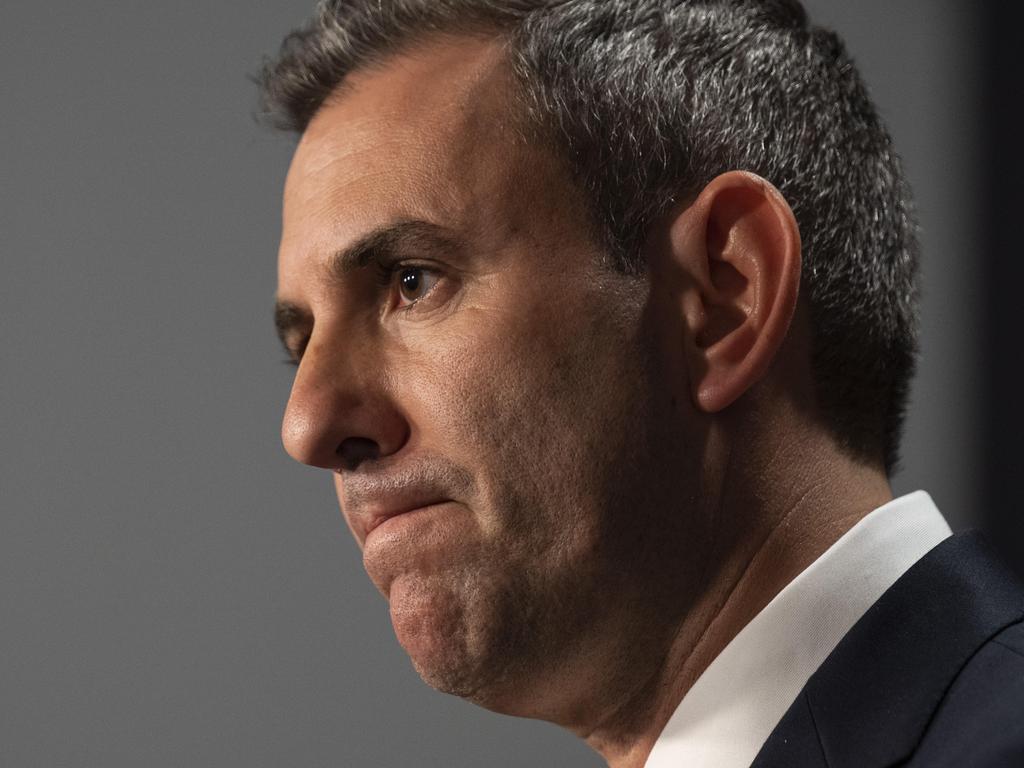


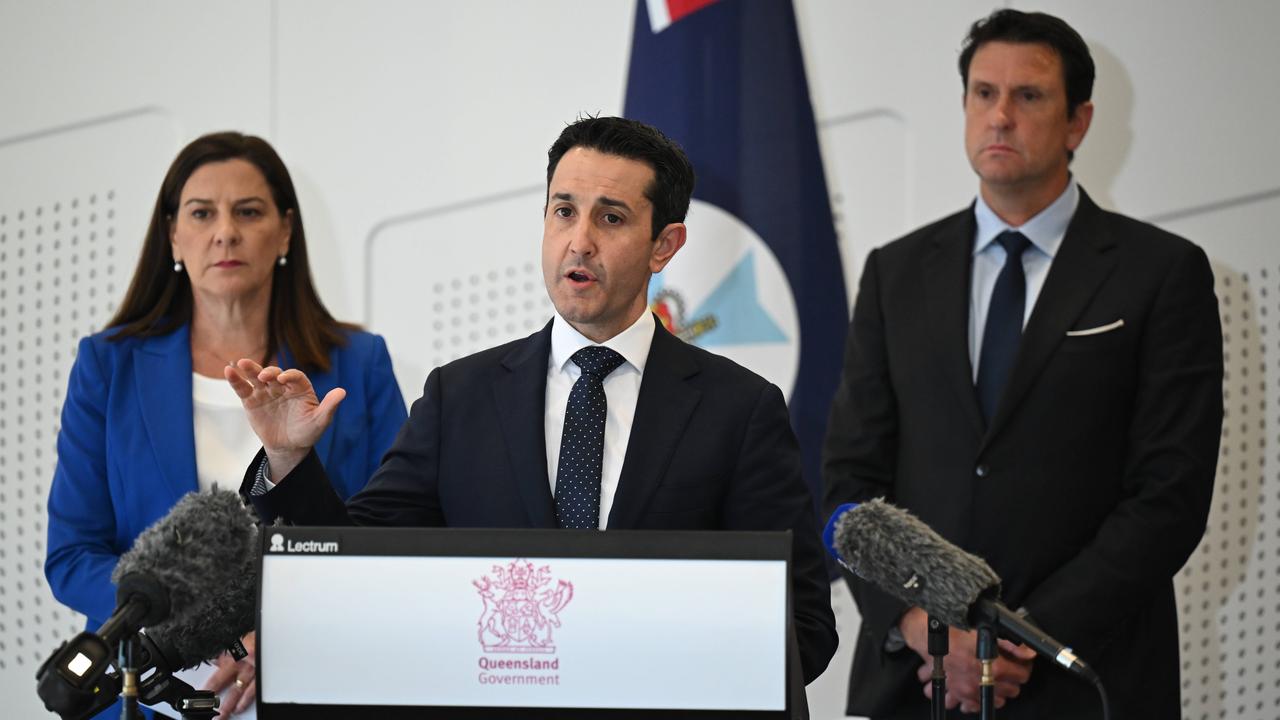

To join the conversation, please log in. Don't have an account? Register
Join the conversation, you are commenting as Logout